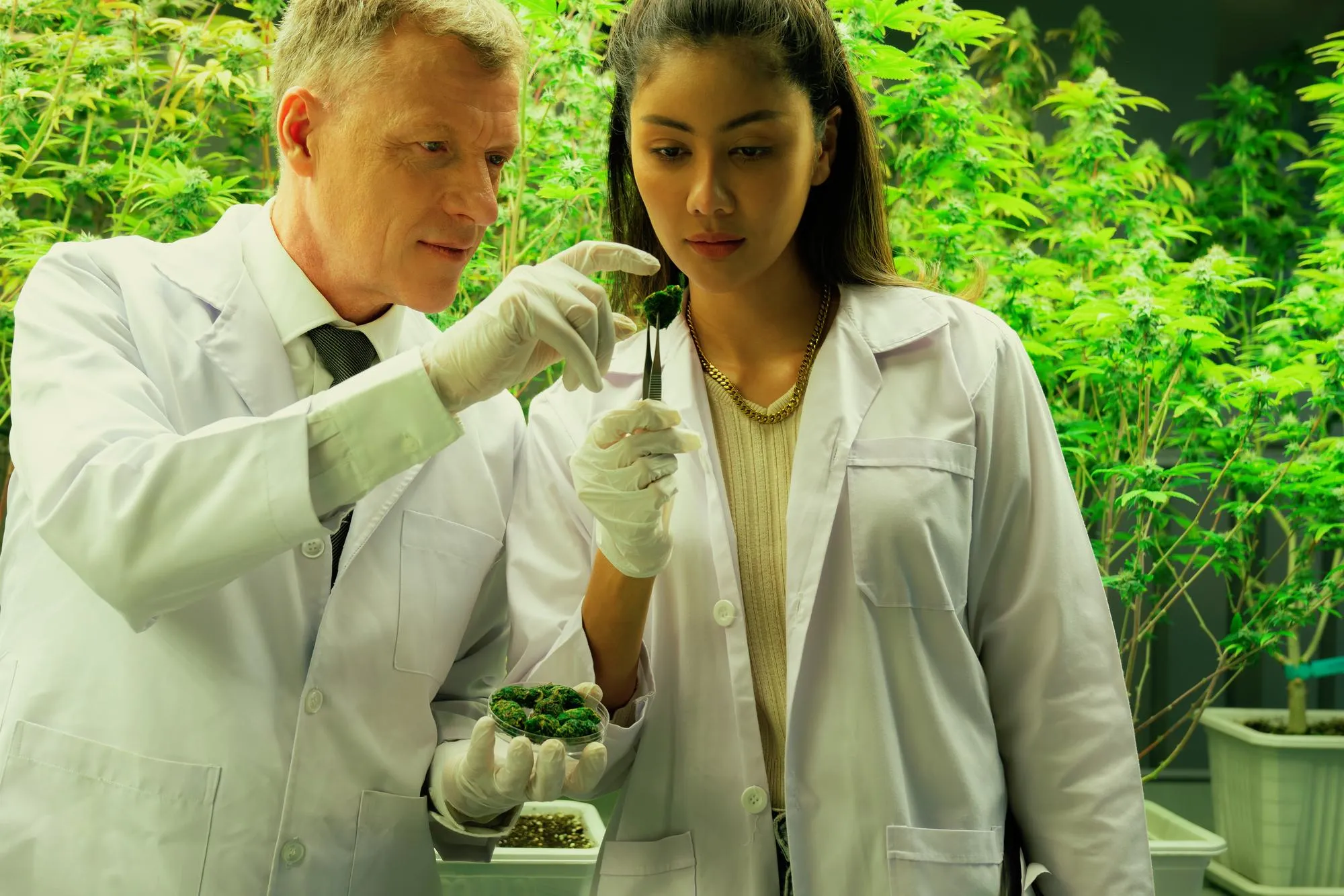Imagine a world where the water you drink is free from toxic chemicals that could harm your health or the environment. This vision may soon be a reality, thanks to a recent study published in Environmental Research, which presents a groundbreaking method for degrading a prevalent water contaminant using the pyrite-activated persulfate system.
In this remarkable discovery, researchers led by Shuntao Yu from the Chinese Research Academy of Environmental Sciences revealed a promising solution to mitigate the pollution caused by 3,5,6-trichloro-2-pyridinol (TCP), a stubborn byproduct of chlorpyrifos pesticides. Due to its recalcitrant nature, TCP has long posed a significant health risk to humans and ecological systems. But with the development of a new degradation technique, we’re one step closer to cleaner, safer water.
The pyrite-activated persulfate (PS) system, outlined in the study, successfully degrades TCP in water. The research focused on the pyrite oxidation process—a chemical reaction that also releases iron (Fe) in the process. Through a series of carefully controlled experiments, the team demonstrated that this method could completely break down TCP within a timespan of 300 minutes.
The optimal conditions included a PS concentration of 5.0 mmol/L and a pyrite dose of 1000 mg/L at a steady temperature of 25°C. Interestingly, the study also revealed that smaller amounts of PS, as low as 1 mmol/L, could effectively facilitate the removal of TCP and the oxidation of pyrite. Conversely, excessive amounts of PS (exceeding 20 mmol/L) were found to lead to competitive inhibitory effects, particularly influencing the release of Fe.
This environmentally-friendly technique addresses both the degradation of TCP and the controlled release of iron, offering insight into the dual effects necessary for effective water treatment. The researchers established a positive correlation (R^2) between TCP degradation and iron release, thereby optimizing the system for practical application.
The study took place against a backdrop of increased scrutiny regarding water pollution and its impact on human health. The presence of chlorpyrifos and its degradation products in water sources has been linked to various health risks, including neurological damage and endocrine disruption. Traditional water treatment methods have struggled to completely remove these compounds, necessitating the development of more advanced and specific technologies.
The work of Yu et al. takes an important step forward in this field. The outcomes offer valuable insights into the potential of pyrite—a naturally occurring mineral—as an activator for PS, an oxidizing agent, to treat water contaminated with TCP. The research also sheds light on the mechanisms at play during the oxidative degradation, particularly emphasizing the role of radical species such as sulfate and hydroxyl radicals.
For practitioners in the field of environmental management and water treatment, this study offers a compelling approach that could be incorporated into existing water purification systems. Moreover, the scalability of the pyrite-activated PS process could lead to its widespread adoption in various settings, ranging from small communities to large urban centers.
The article, “Pyrite-activated persulfate to degrade 3,5,6-trichloro-2-pyridyl in water: Degradation and Fe release mechanism,” presents not only a viable method for dealing with a critical environmental pollutant but also opens the door for further research. For instance, the effect of different water matrix components on the efficacy of the treatment needs to be extensively explored.
The study’s co-authors, including Xuehong Yuan, Bingrong Zhao, Nandong Xue, Siying Du, and Ye Wang, have made significant contributions to this breakthrough. Their collaborative effort highlights the importance of interdisciplinary research to tackle pressing environmental challenges.
Keywords
1. Pyrite-activated persulfate
2. TCP degradation
3. Advanced water treatment
4. Persulfate oxidation
5. Environmental research
References
1. Yu, S., Yuan, X., Zhao, B., Xue, N., Du, S., & Wang, Y. (2024). Pyrite-activated persulfate to degrade 3,5,6-trichloro-2-pyridyl in water: Degradation and Fe release mechanism. Environmental Research, 118198. https://doi.org/10.1016/j.envres.2024.118198
Declaration of competing interest: The authors, Yu Shuntao et al., declare that they have no known competing financial interests or personal relationships that could have appeared to influence the work reported in this paper.
DOI: 10.1016/j.envres.2024.118198
The innovative approach taken by the research team demonstrates a forward-thinking perspective in tackling one of the modern world’s pressing issues, potentially paving the way for safer and cleaner water resources globally.
